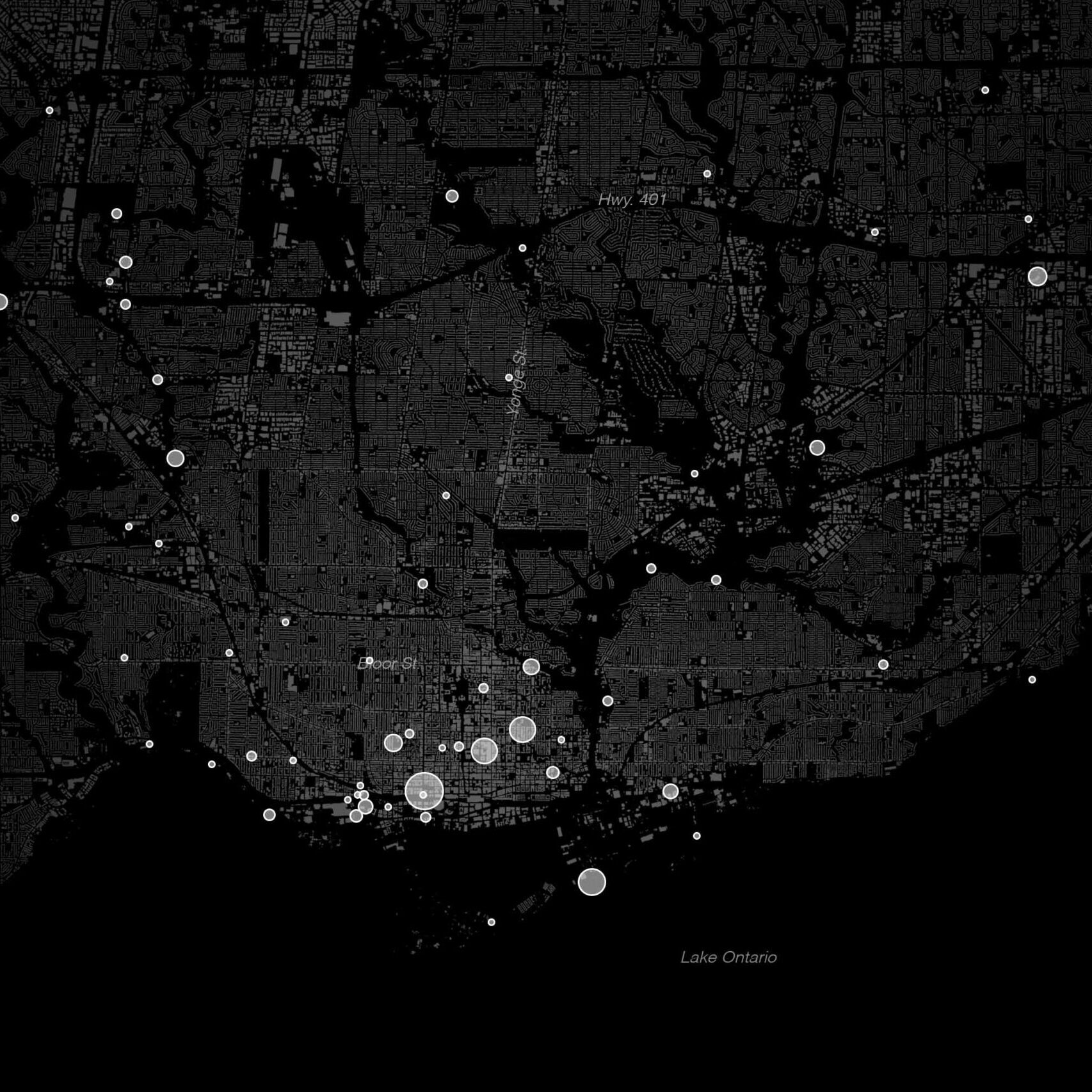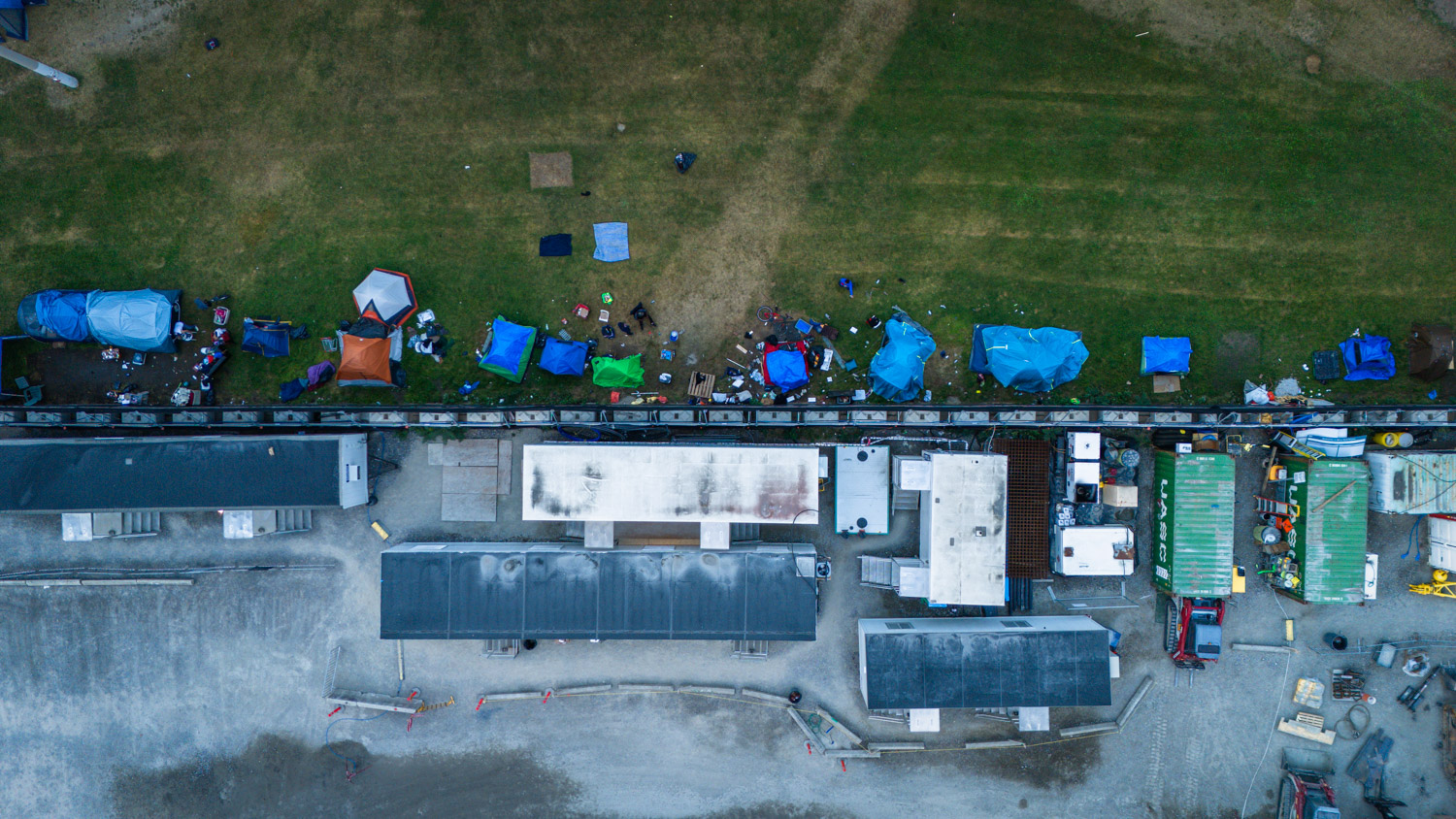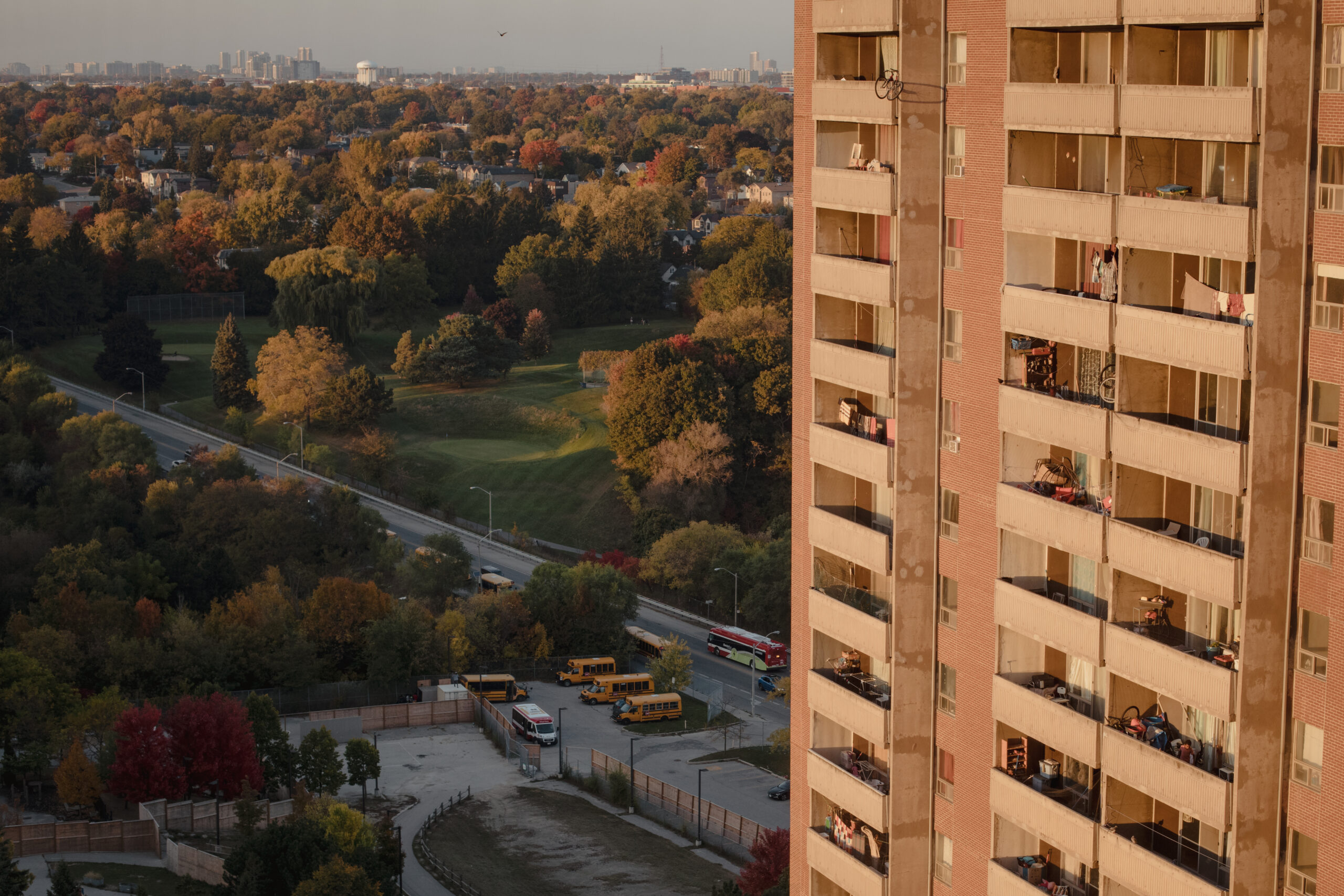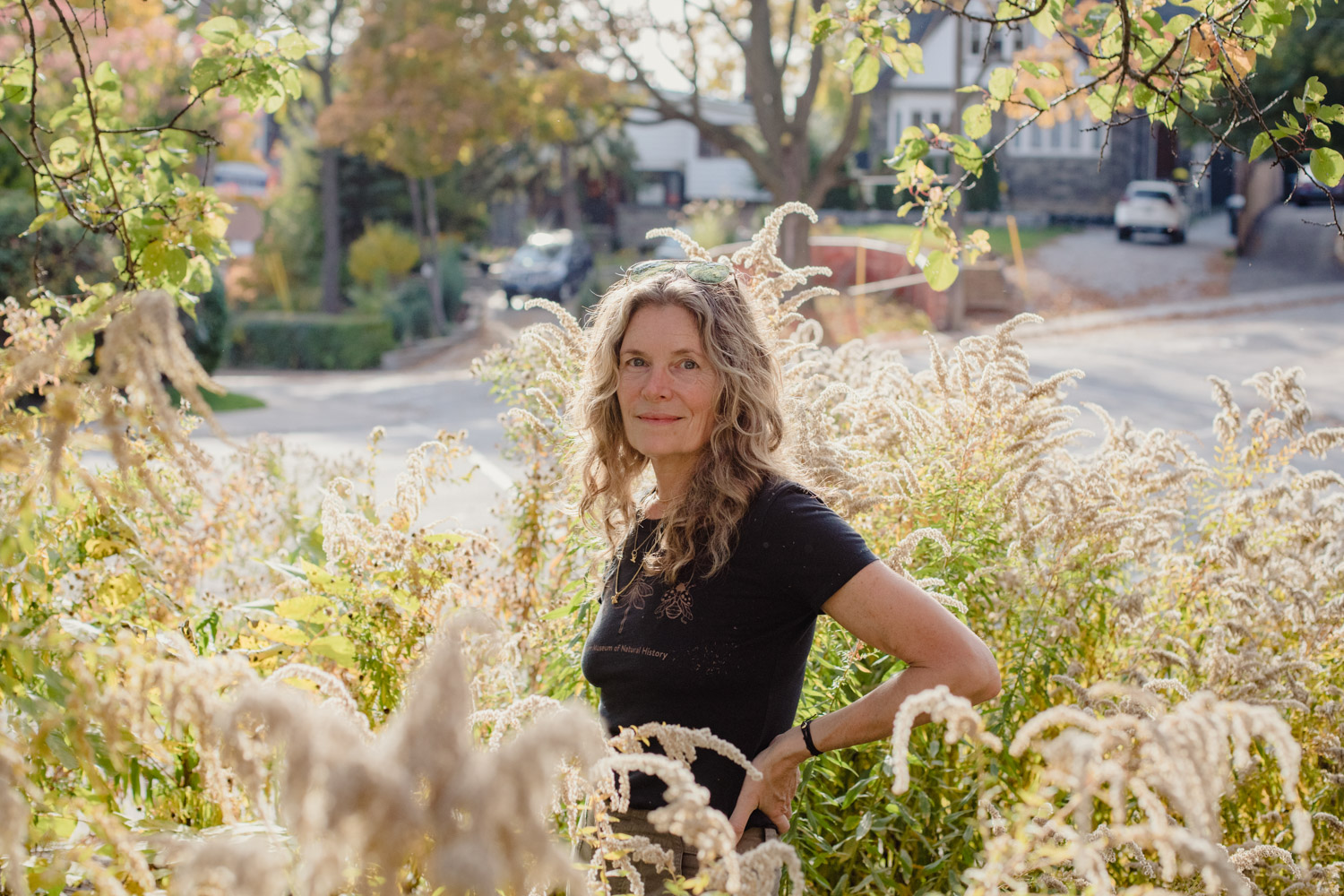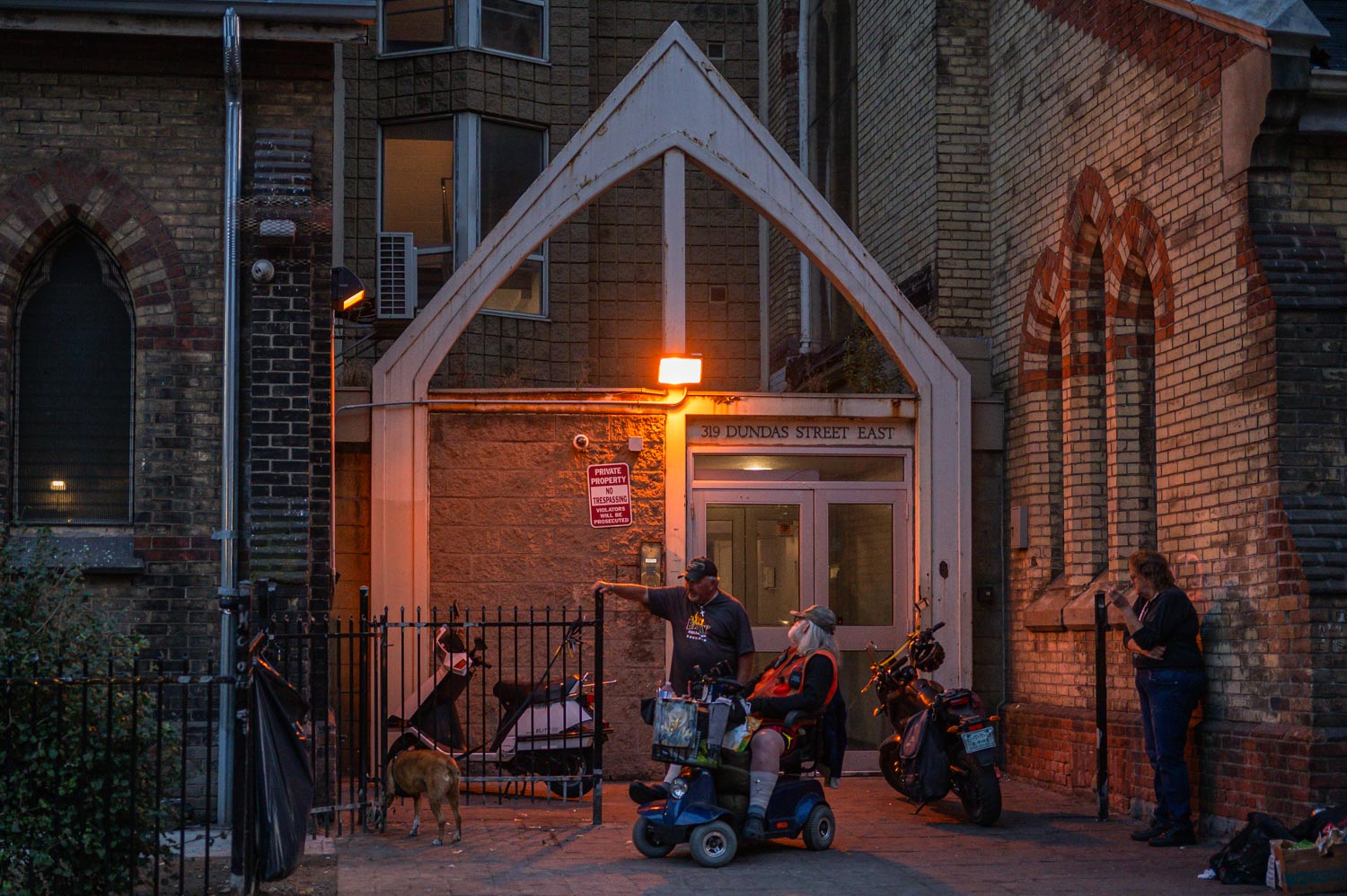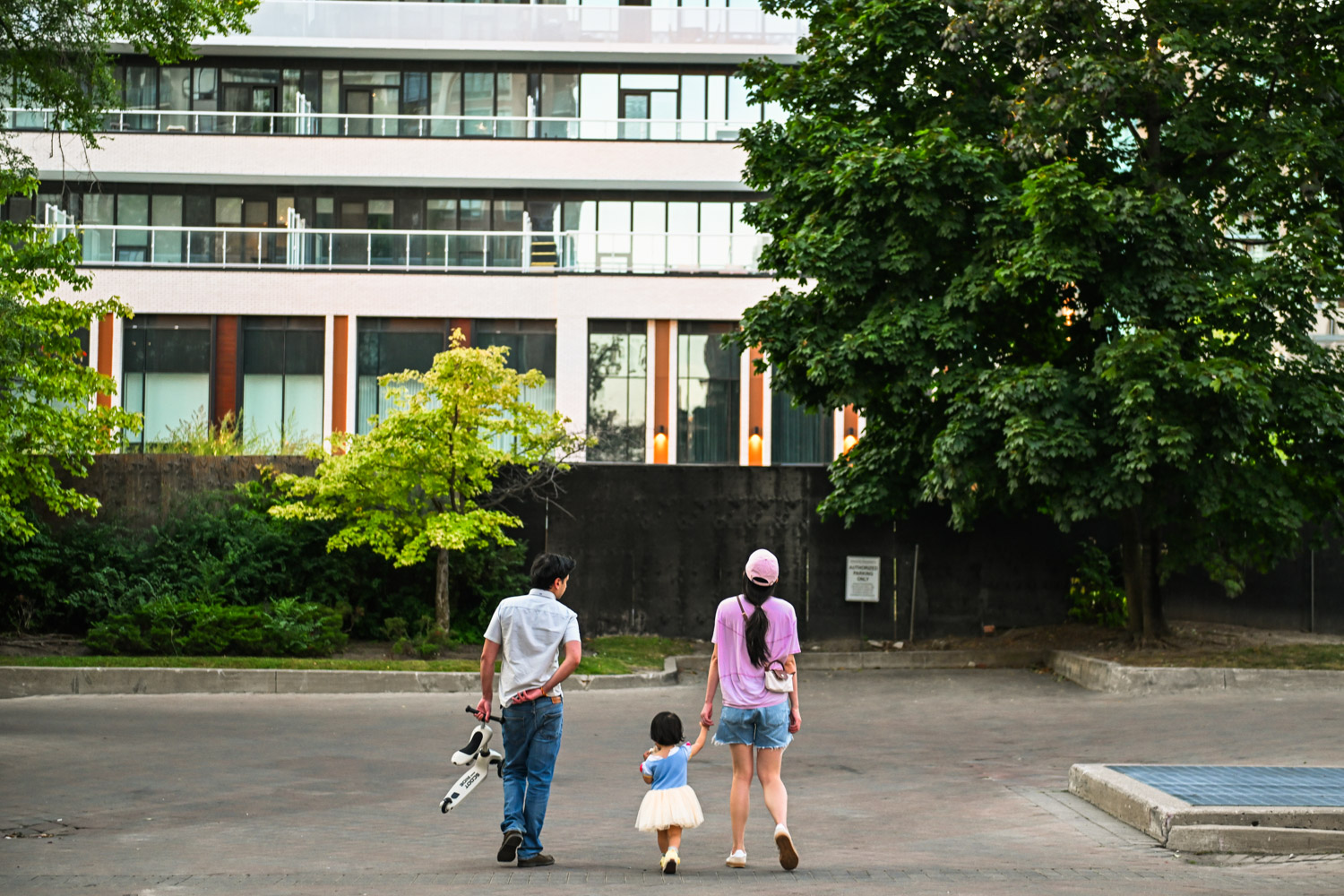People have always lived in tents, under bridges, and in ravines in Toronto, but in the years leading up to the pandemic, it was rare to see an encampment out in the open. City workers routinely cleared unhoused people from these places, conducting a 10-year high of as many as 700 evictions in 2019 alone.
But as the pandemic struck, coinciding with a multitude of factors—rising housing prices, declining social assistance rates, underfunded mental health care, and a drug toxicity crisis—more and more Torontonians found themselves living on the street. By early 2021, Toronto was hosting some of the largest encampments in the city’s recent history.
Since then, in spite of the City’s crackdowns, including violent, high-profile encampment raids at Lamport Stadium and Trinity Bellwoods Park in the summer of 2021, and despite its efforts to move people into permanent housing, the number of people living in Toronto’s parks and ravines has grown. According to data from the City, there were more than 200 tents across 72 parks this March, compared to 82 tents across 24 parks the same time last year.
The Local spent months interviewing encampment residents and analyzing new data from the City, obtained, in part, through Freedom of Information requests. That reporting illustrated how smaller encampments spreading beyond the downtown core are replacing large-scale ones, and how the experiences of unhoused Torontonians haven’t changed all that much despite the City’s latest “action plans.” Here are some of the highlights:
What the data tells us:
When The Local requested data on city encampments earlier this year, we were told the City doesn’t hold comprehensive records of the number of tents or people in every city park every month—it’s difficult to keep track of everyone across Toronto’s 1,500 or so parks and greenspaces. Instead, the City was able to provide us with the average number of tents per month for the top 25 most populous parks, from January 2021 to August 2024.
This data shows constant change in terms of which parks have the largest encampments. For most of this year, Clarence Square Park was home to one of the city’s biggest encampments. But by August, several downtown encampments grew in size: Dufferin Grove Park led with a monthly average of 27 tents, followed by Moss Park with 20 tents, and Bellevue Square Park in Kensington Market and Cherry Beach Clarke Beach Park, located at the southern tip of Cherry Street, with 18 tents each.
But the size of these encampments is now significantly smaller than the largest encampments in previous years. At its peak in May 2021, Alexandra Park, at the corner of Bathurst Street and Dundas Street West, had an average of 100 tents, while Trinity Bellwoods Park had an average of 64. In July 2023, Allan Gardens had 85.
As the City cracked down on them, the overall average size of Toronto encampments has declined, and encampments have dispersed out of the downtown core. Additional data showed the average encampment in March of 2021 contained 6.5 tents across 45 city parks. This year, that average is fewer than three tents, spread across 72 parks.
Another Year, Another Encampment, Another Eviction
For years, unhoused people like Davit Sesisheili have gone from park to park, moving when the City evicts them. With new data, and reporting and photography that spans years, this is the most comprehensive, intimate portrait of Toronto’s failing encampments strategy.
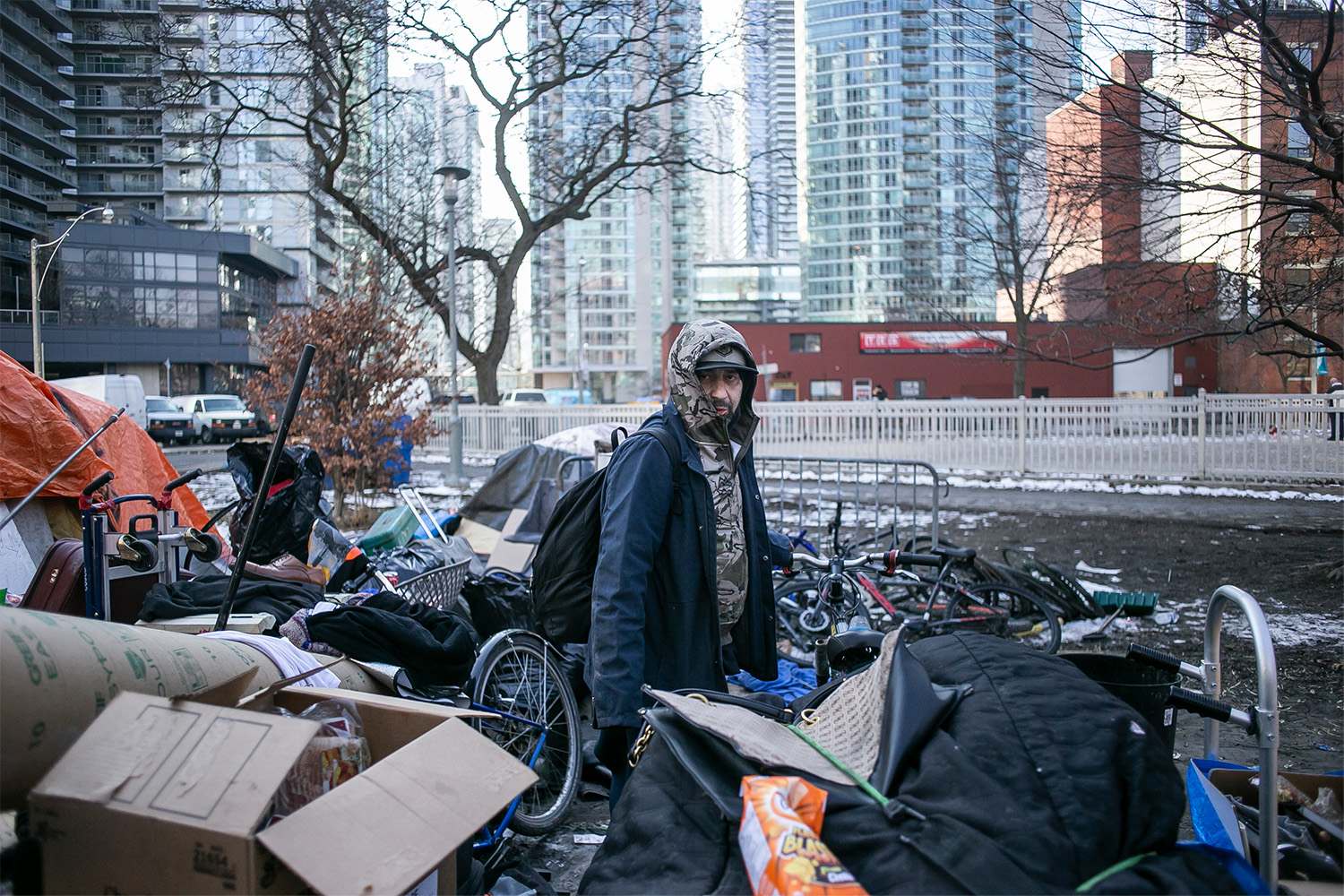
What’s driving the rise of encampments?
Toronto’s shelter system has long been overstretched, but demand for shelter beds and services has reached new heights in recent years for many reasons, including a lack of affordable housing and the rising cost of living. The number of first-time users of Toronto’s shelter system started to increase in June of 2020 at the tail-end of the first COVID wave—a trend that has not relented. Between July and October 2021, the number of first-time shelter users nearly doubled to around 6,700.
Partly owing to the risk of COVID outbreaks in shelters, where more than 1,300 people were infected during the first two waves of the pandemic, in addition to the lack of privacy and autonomy afforded by the shelter system, many encampment residents told The Local they preferred living outside. But even for those who wish to stay in a shelter, there simply isn’t enough space. This summer, shelter intake staff in the city have had to turn away more than 230 callers a night, on average—more than double the average 106 daily callers who were turned away in 2022.
Meanwhile, moving people into permanent housing has become a losing battle. As the City’s May report put it, “Entries to homelessness continue to outpace exits to housing.” In 2023, fewer than 6,000 people were successfully moved to permanent housing, the report stated. Meanwhile, 10,100 Torontonians became homeless for the very first time that same year.
What happened to displaced encampment residents?
It’s hard to know where encampment residents displaced in the 2021 raids ended up. But researchers at Osgoode Hall Law School found very few residents got the permanent housing they were promised. “Most simply relocated elsewhere outdoors,” according to a December 2021 report by the school’s Environmental Justice and Sustainability Clinic.
Data from the city appears to back this up. As the population of encampments in Alexandra Park, Lamport Stadium, and Trinity Bellwoods plunged over the summer of 2021 after the clearings, the populations in other parks, like Dufferin Grove and Randy Padmore, Park edged higher. After the eviction at Alexandra Park, the population of Randy Padmore Park, a tiny park just minutes away, grew from only three tents in July 2021 to 18 the following month.
How are smaller encampments spreading across the city?
Encampments were once considered a downtown phenomenon; that’s no longer the case. On March 15, 2021, just 20 of the city’s encampments were found north of Bloor Street, west of the Humber River, or east of the Don Valley. By March 15, 2024, 44 encampments met this criteria.
East Highland Creek Watercourse, in Scarborough, was one of the city’s most populous encampments this spring. In March 2024, the city recorded an average of 10 tents there, though that number had declined to one by May.
From January through May 2024, the city’s list of most significant encampments included Charles Sauriol Conservation Area, Crawford Jones Memorial, Downsview, and Earl Bales Parks, all locations in North York.
What’s changed in the City’s approach to encampments?
In the aftermath of those violent crackdowns in the summer of 2021, the City brought services like medical care, harm reduction, housing services, and even tax and ID clinics, into Dufferin Grove Park, as part of what became known as the Dufferin Grove Pilot Project.
The project was ostensibly a success, with a reported 90 residents receiving shelter, but new residents were prevented from moving in. Although the Dufferin Grove model seemed much more humane than clearing residents en-masse, only 26 of the encampment’s 90 residents actually received permanent housing, according to City data from March. The majority ended up in the shelter system, and around 15 residents left shelters for unknown locations. Some are believed to be back on the street.


